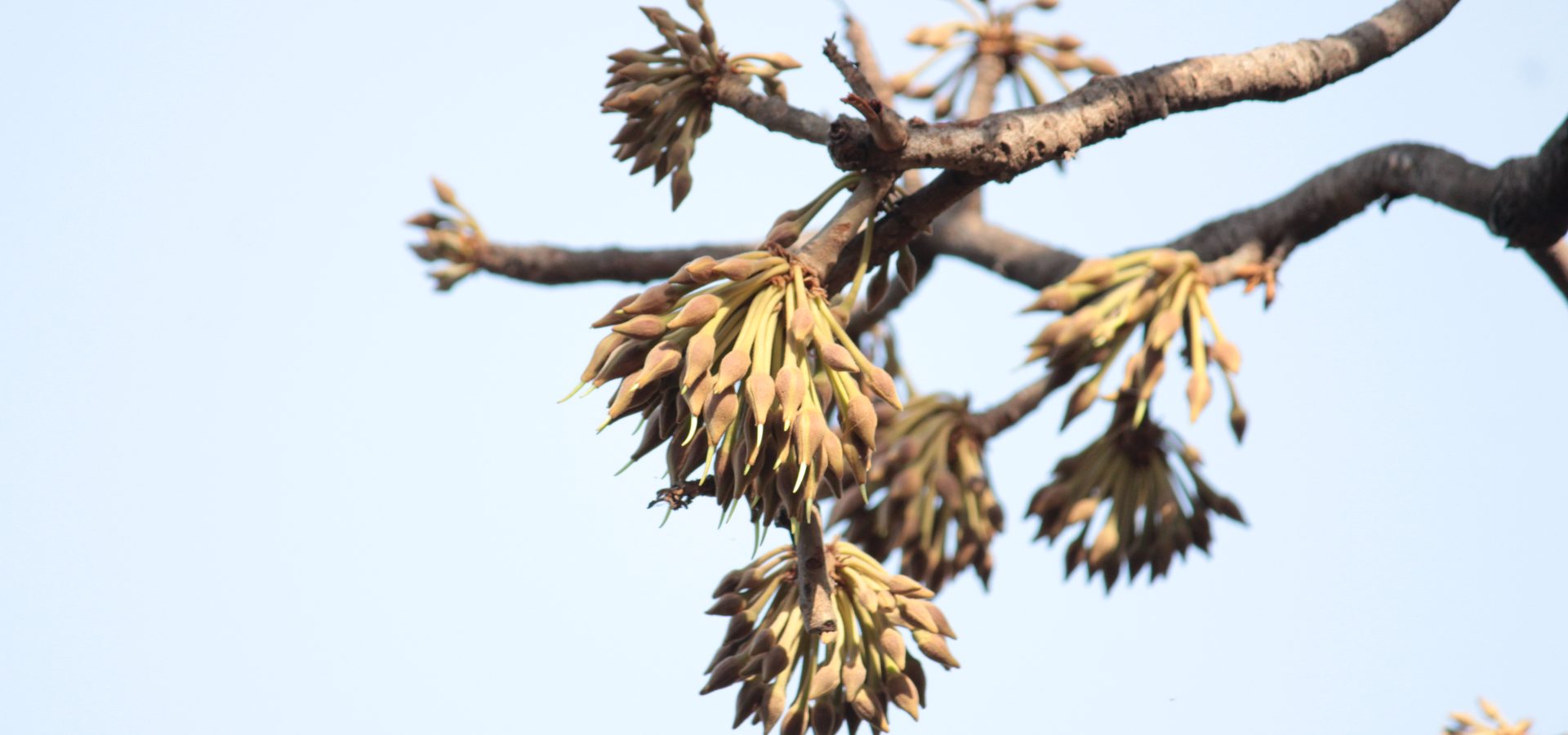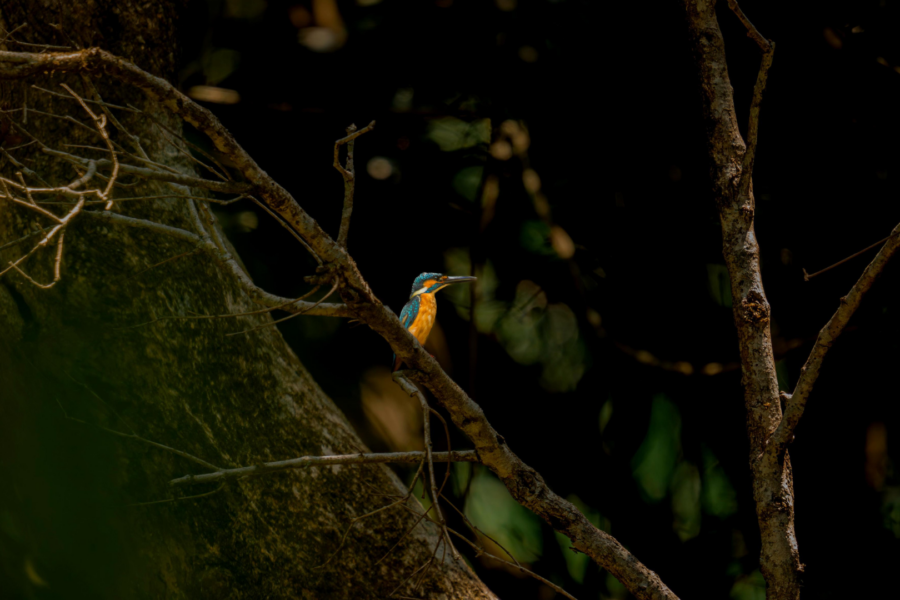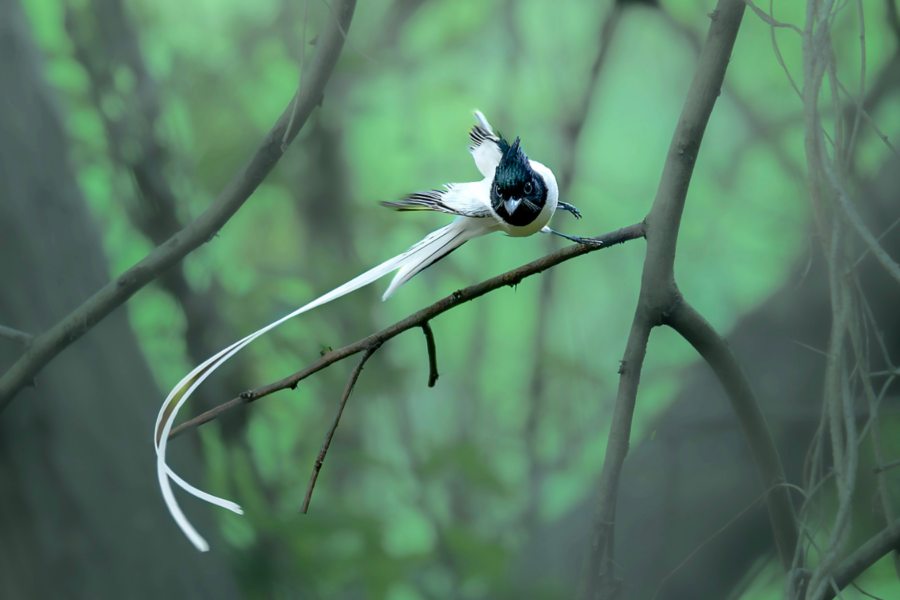During the summer and spring seasons in the dry tropical forests of India, a particular tree blooms. Its flowers, fruits and leaves fill the forest with an irresistible scent that lures humans and animals alike. Sloth bears, elephants, deer, fruit bats and Langurs feast on its fruits and flowers. With its alcoholic properties, the leaves and flowers of the tree have also been known to intoxicate Sloth Bears and elephants! For humans, on the other hand, uses of this tree are numerous — it acts as a source of sustenance for them and their cattle, its bark is said to have medicinal properties, oil from the tree can be used as fertiliser, and its flowers are fermented to create an alcoholic beverage. Due to its varied uses, many indigenous tribes believe the tree to be a divine entity; its mention can be found in Sanskrit texts dating as early as the 2nd Century BC. Such is the allure of the Mahua or Madhuca Longifolia — India’s most intoxicating and sacred tree. However today, Mahua’s popularity amongst humans and animals alike, specifically in its role as an intoxicant, has made it a significant factor in human-wildlife conflict in various regions.
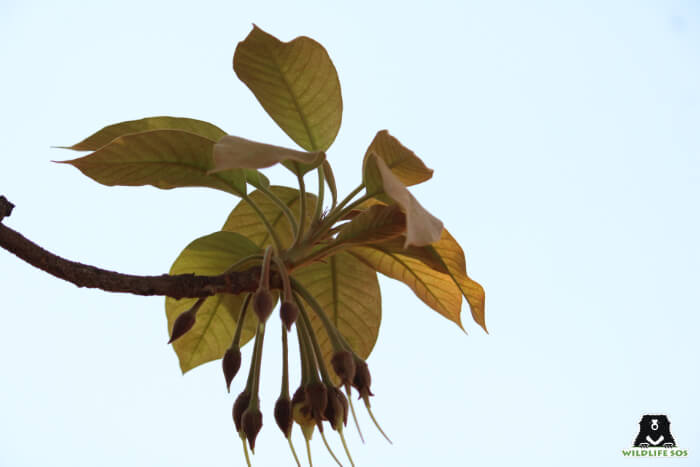
What is Mahua?
Madhuca Longifolia is native to India, Sri Lanka, Nepal and Myanmar. In India, it is known by names differing by region such as mahwa, mohwa, mohwra, llupai, honey tree, butter tree, but its most common moniker is Mahua. This tree is widespread across the states of West Bengal, Odisha, Chhattisgarh, Jharkhand, Uttar Pradesh, Bihar, Gujarat, Maharashtra, Madhya Pradesh, Telangana, Kerala, and Tamil Nadu. They stand tall in crop fields, river banks and dense meadows. Mahua is a medium-sized tree that grows up to 16-20 m, with its grey trunk being 80 cm in diameter. When the tree blooms between March and April, its flowers are green or pink. These flowers live for only one night and subsequently fall to the ground. Once fallen, they are picked up by humans to use. The tree bears its fruit, which is greenish in colour, between June and August. Each fruit contains 1-4 seeds that produce an oil that can be used to make soaps, candles, fertiliser and so on.
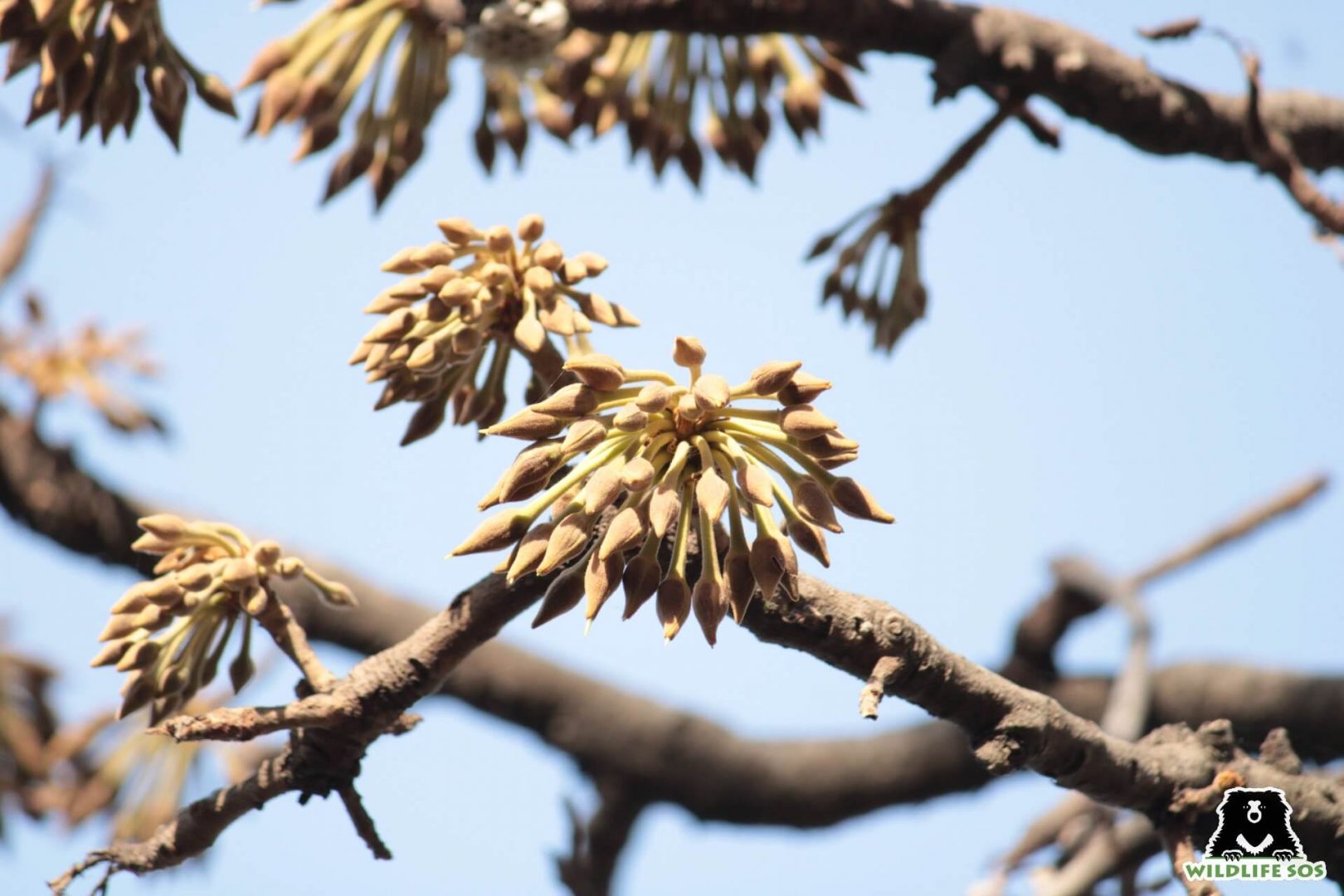
Mahua as ‘The Tree Of Life’
Mahua has played an integral role in India. During the famine in Bengal in 1770, Mahua is said to have saved thousands of people from starvation. The fruits of the tree and the fleshy corolla of the flowers became a staple in the diet of many. Records from 1873-74 also state that during a period of food scarcity in Bihar, Mahua grew abundantly and kept many well fed. Mahua also has a significant amount of nutritional value as it is a good source of Vitamin C and Vitamin A. Mahua oil crop can potentially be used in biodiesel production. Till today, Mahua provides indigenous communities with the ‘3Fs’ — Feed, Fodder and Fuel.
Mahua is also vital to forests. Apart from providing food to wild animals, Mahua helps in improving our forest soil! Mahua’s superficial root system binds the soil and limits erosion. It is also used in soil reclamation on lateritic soils.
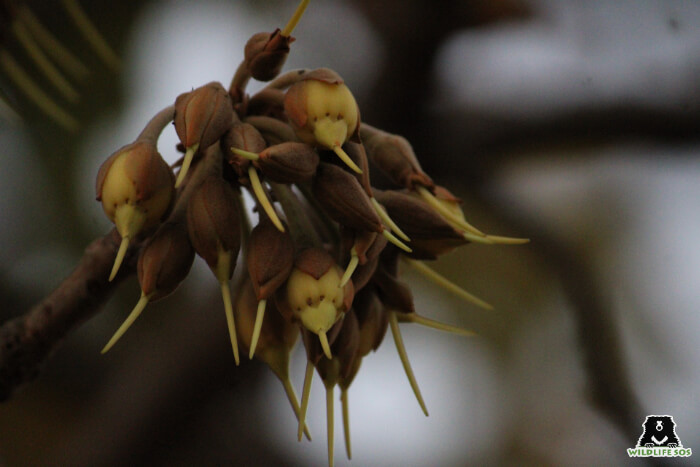
The Conflict Caused by Mahua
Mahua is endeared by humans and animals alike. In the state of Chhattisgarh, where the Wildlife SOS team has been leading a project to mitigate Human-Elephant Conflict, Mahua has been a recurrent factor in numerous cases of conflict. In the month of March, Mahua is one of the major Non-Timber Forest Products (NTFP) collected from the forest and is essential for villagers to make a livelihood. However, villagers are often confronted with elephants as these large mammals too enjoy feasting on the Mahua trees. Moreover, almost every household in the villages of Chhattisgarh uses Mahua to create their own alcohol. Its smell attracts elephants, who then venture close to residences and fields and raid the fermented alcohol! Many elephants get intoxicated, which increases their aggression and hence, causes major conflict. Most recently, in the state of Odisha, 24 elephants were found in deep sleep next to large pots of Mahua alcohol which were inside the forest, and the locals were convinced that they lay unconscious due to excessive inebriation! So enamoured are elephants by Mahua that if a villager consumes Mahua before entering the forest, its whiff can increase the chance of conflict with an elephant.
Conflict with Sloth Bears during the Mahua season is also common. These shaggy bears can often be found foraging under Mahua trees, especially during the night! Thus, when villagers venture towards Mahua trees for collection at dawn, they are often greeted by a Sloth bear. A research report published in the newsletter of the International Association for Bear Research and Management explores how Mahua flowers bring Sloth Bears into conflict with tribal people of North Gujarat. The author recounts a story wherein a couple in the area had decided to sleep under a Mahua tree so that they could start their collection early in the morning. While the couple was asleep, a Sloth bear approached the tree to feast on some juicy Mahua fruits. When the couple awoke, the startled bear attacked both the husband and wife. Cases of Sloth Bears entering residences where Mahua liquor is being brewed have also been reported.

Burning Mahua Leaves
With Mahua being necessary for the survival of many villagers, some may engage in perilous acts to pick up Mahua flowers. Leaves of Mahua trees fall before or along with its flowers. In a bid to collect the flowers easily, villagers set fire to the leaves that have been shed around Mahua trees before the flowers blossom. A study conducted by Wildlife SOS in the Mahasamund, Balodabazar and Raipur districts of Chhattisgarh found this to be a primary cause of forest fires. Such fires are known to be harmful to people and animals alike.
Mitigation Strategies
Education is pivotal to mitigating conflict caused between humans and wildlife involving Mahua. Wildlife SOS has been conducting regular education and awareness programmes in Chhattisgarh to mitigate human-elephant conflict. A large part of this involves apprising the villagers of the fact that Mahua lures wildlife, and providing them with ways to manage their Mahua to avoid conflict. One tactic that could prevent such conflict is storing collected Mahua far away from homes. Mahua is recommended to be stored in open fields or storage sites. Thus, in case elephants or any other wildlife follows the smell of Mahua, encounters with humans are minimal and do not escalate to loss of life. Moreover, villagers are informed not to consume Mahua before entering forests as the smell could further attract wild elephants or bears.
To read more interesting stories about the wild world, subscribe to the Wildlife SOS Newsletter!

